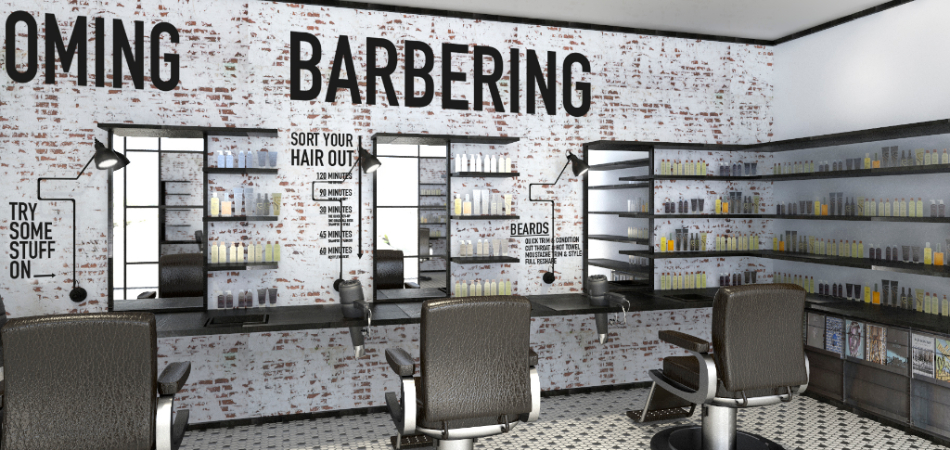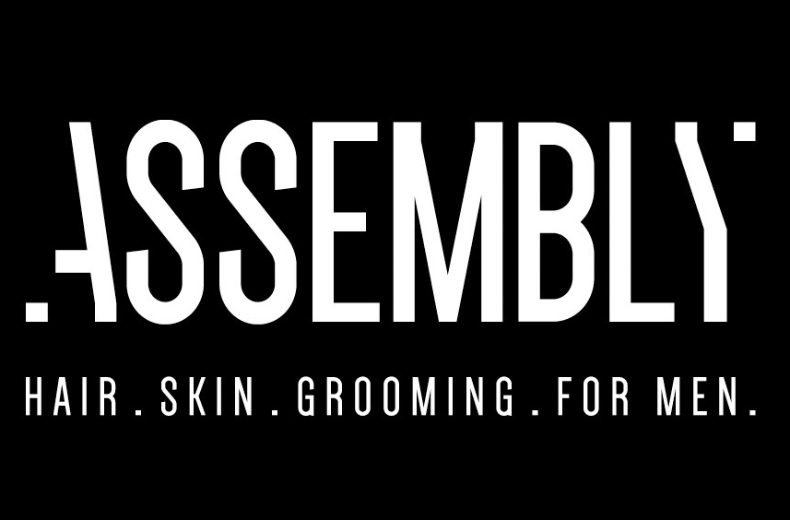
Using AI in design to disrupt conventions
How can we use AI to ensure that the design work we produce stands out, rather than blend into a sea of conventionality?
As a result of the selfie generation’s interest in personal appearance, or simply an overall increased interest in wellness, the male grooming category is booming. But for most guys, it’s still a bit of a mystery.


There has been much talk over the last couple of years about non-binary gender choices and increased gender fluidity, and as a result many brands have rushed into this growing trend amongst Gen Z audiences.
Whilst quite rightly there is an increased sense of acceptance of more diverse lifestyle choices, when it comes to the psychology of shopping, the vast majority of men shop quite differently from women. Especially in the beauty and well-being categories.
It may be the fact that historically, women have been shopping for beauty products, and so they have developed a broader lexicon and deeper understanding of the ingredients, benefits and importance of beauty regimes.
Conversely, one of the biggest growth areas in the category is male grooming. According to Euromonitor, sales of grooming products for men in the UK grew by 3% in 2016, and across the country men now spend collectively a whopping £1.7bn on beauty products.
As a result of the selfie generation’s interest in personal appearance, or simply an overall increased interest in wellness, the male grooming category is booming. But for most guys, it’s still a bit of a mystery.

Estée Lauder owns multiple male grooming brands, but these were often retailed in a way that simply didn’t make sense to most male shoppers. Our challenge was to create an ‘umbrella brand’ for Estée Lauder’s male grooming portfolio that demystified the category for consumers, increased relevance, and ultimately made it simpler for men to shop.
We also had to create a tiered experiential destination where Estée Lauder could educate men on the world of grooming and demonstrate how products could fit into their lifestyle to help them enhance and express their personal style.
So, we set out on the streets of London to interview guys about their grooming attitudes, habits and preferences. We spoke to men in South, East and Central London to hear directly from them what things they look for when they are shopping for grooming products, and what Estée Lauder could do to facilitate their engagement with the category. We learned that for the broad franchise of male consumers, talking about grooming isn’t the easiest of conversations. And that although the overwhelming majority of men do want to look their best, they also don’t want to come across as if they are trying too hard. Men often lack a vocabulary around products in this category and want brands to make it easy for them to achieve their goals. They want to know more, but don’t want to be told. They want to discover for themselves. Based on these insights, it became clear that our main challenge was going to be breaking down the barriers to the category and encouraging self-exploration amongst our audience.


In a previous life Stuart was Executive Creative Director at Fitch, leaving after nearly 12 years with a desire to get closer to a client’s business and a belief that choices can be designed. Since co-founding Missouri Creative, Stuart has created campaigns and activations across the Pernod Ricard portfolio, won numerous awards for new identities for the RNLI and Headwater Holidays and worked with Foot Locker to deliver on-and-off-line campaigns across 650 stores in 19 European countries.
Looks like you need to create a Creativebrief account to perform this action.
Create account Sign inLooks like you need to create a Creativebrief account to perform this action.
Create account Sign in